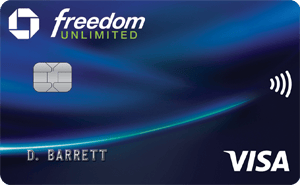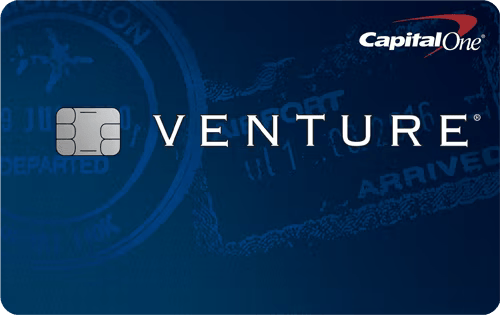Many or all of the products featured here are from our partners who compensate us. This influences which products we write about and where and how the product appears on a page. However, this does not influence our evaluations. Our opinions are our own. Here is a list of our partners and here's how we make money.
Maybe you’ve heard a pitch like this if you've flown recently: "Earn 60,000 miles after you open a new credit card — enough for a free international round-trip ticket." So you sign up for the card, meet the minimum spending requirement within a few months and earn that big bonus.
But then you remember an inconvenient fact: Your spouse, friend or family member needs a ticket, too.
Suddenly, that pile of points appears to be only about half of what’s required.
Thanks to the flexibility of one-way award redemptions, your trip could still happen sooner than you think — especially if more than one credit card is involved. Here’s how one-way redemptions can work to your advantage.
You can use points from multiple frequent-flyer programs
Let’s say a ticket to your dream destination would cost 30,000 points per person each way, or 120,000 points total for all four legs. You might not have that many points in one frequent-flyer program, but if you have 60,000 points in two separate programs, piecing together the itinerary as four one-way flights rather than two round-trip flights could give you and your travel partner flexibility you wouldn’t otherwise have.
This works if you and your travel partner are both using points, too. In the example above, say you have 60,000 miles in one airline’s program, and your partner has 60,000 in a different program. You could book the outbound flight for both you and your partner with your miles, then your partner could use his or her miles to book the flight home for both of you.
Flexibility can help you avoid bad flights
Longtime frequent flyers can attest to this frustratingly common scenario: You go to book a flight with rewards and find plenty of attractive outbound options. But when you look at return flights, they all require considerably more miles. Or maybe the only options have multiple stops. Or maybe they depart or arrive at an ungodly hour.
But when you have the points to take a different airline in each direction paired with the flexibility to pick your dates, a world of options opens up. Such flexibility is even more important when looking for two award seats on the same flight.
Credit card bonuses can get you there faster ...
Let’s go back to the scenario where you earned 60,000 miles after signing up for a credit card and meeting the minimum spending requirement. Once that happens, chances are you’ll never earn miles that fast again. After the big bonus, many cards pay just a mile per dollar charged to the card for general spending.
For anyone savvy to one-way redemptions, one solution is clear: Sign up for a competitor’s card, too. (Or you can sign up for one card while your travel companion signs up for another.) Assuming you can meet the minimum spending requirements, you’ll end up with two piles of points that you can use for travel in each direction.
Beware, though: Cards with big bonuses often require you to pay an annual fee, and you don’t want to get in debt to earn those bonuses. Be sure to give yourself enough time to get the cards, meet minimum spending requirements responsibly, earn the miles and book the trip.
… and so can certain kinds of spending
Travel credit cards often let you earn bonus points in certain spending categories, such as restaurants, grocery stores or gas stations. By signing up for credit cards from competing airlines, you can maximize the strengths of each card’s bonus categories — and that added flexibility means more miles, more quickly. This is a strategy for the long haul, though. Even in the rosiest of spending scenarios, it’ll likely take you a while to build up enough miles for one flight, let alone two.
on Chase's website
1x-5x
Points60,000
Pointson Chase's website
1.5%-6.5%
Cashback$300
2x-5x
Miles75,000
Miles





